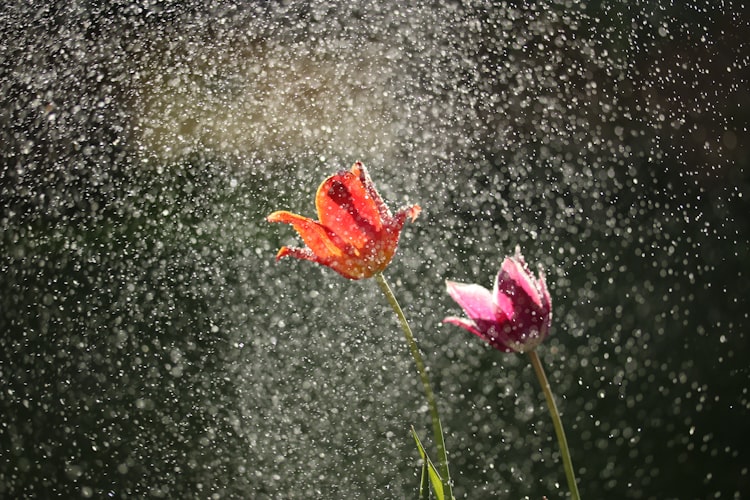Beneficial Creatures

Some insects, bugs or small animals can actually be a benefit for your garden. On the other hand, some are problem makers that eat away at your plants. What are the beneficial creatures we should welcome into our gardens? Here is a list of 9 of the most useful creatures for your garden.
Ladybugs

Ladybugs, also known as Ladybirds or Lady Beetles, are small beetles that are especially beneficial for your garden while also pleasing to look at. Large batches of Ladybugs can be purchased from garden centers or online for release into your garden. Even though these can be easily purchased they will not hang around if there is no food for them and will fly off into your neighbor's yard instead! If the conditions are right, they will often colonize your garden by themselves. To encourage ladybugs, your garden should be pesticide free and have an abundance of pollen producing plants as they will feed on pollen when insects are not available for lunch. Predalure is a pheromone that can be used to attract ladybugs and other beneficial insects in to your garden. Familiarize yourself with their larval forms and leave them be to grow into attractive adults. Ladybirds are ferocious predators and each beetle will eat 40-50 aphids per day as well as scale insects and mites. When aphid populations explode, the ladybug population will multiply rapidly in response.
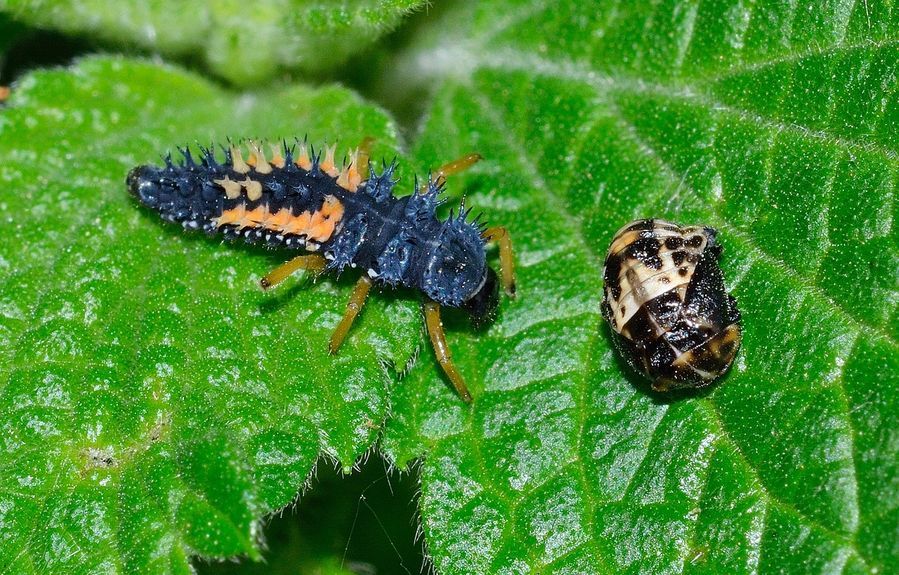
Praying Mantis
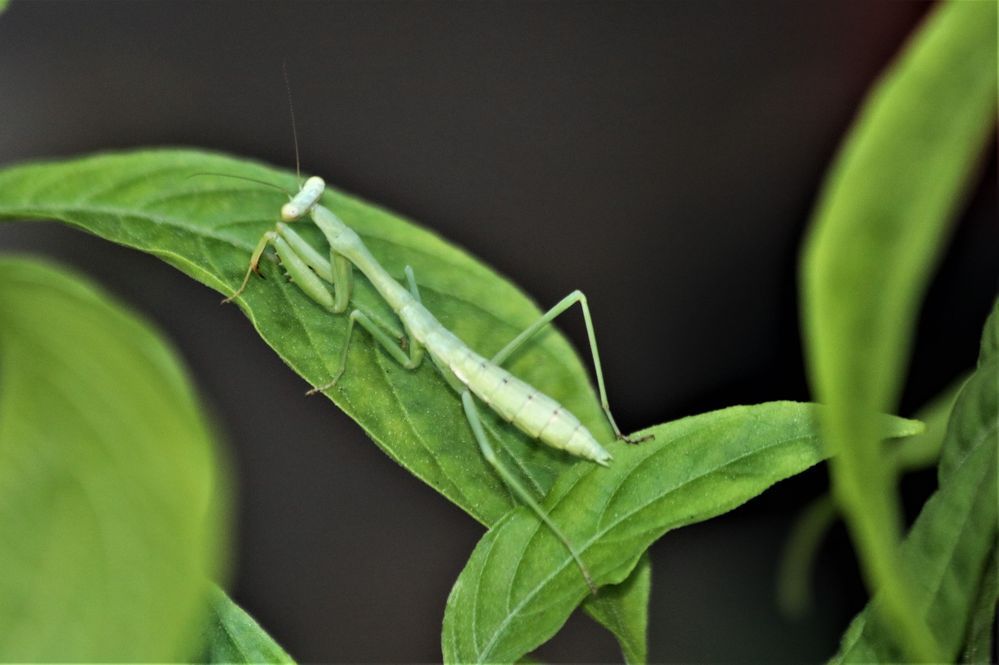
The Praying Mantis insect is often considered as a beneficial pest control insect, and similar to ladybugs, is likely to populate your garden even if you do not introduce them yourself. As a biological pest control, Mantises are not the most effective as they are opportunistic predators and may even prey on other beneficial insects. Instances of Mantises preying on hummingbirds have also occurred. My recommendation would be not to buy them and bring them to your garden but leave them be when you find them occurring naturally. If you have hummingbird feeders, make sure they are kept away.
Lacewing
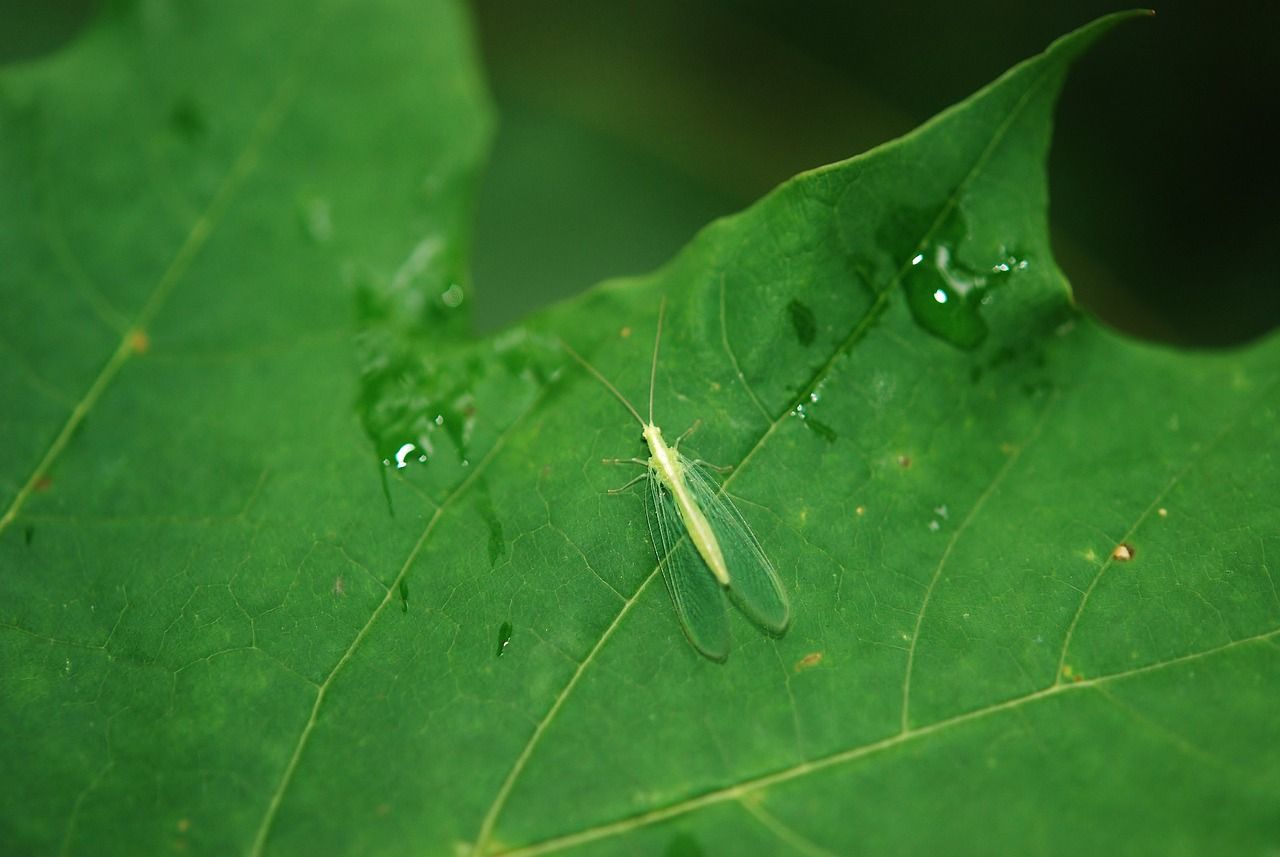
Lacewings are winged insects that have a reputation for being as effective as ladybirds in controlling pests. This is not proven by studies, and they are found to be inconsistent in their veracity for pest control. Some lacewings may only eat 150 aphids in their lifespan and others may consume more than 100 in a week. There is no known disadvantage to using these for pest control, and they can be used in tandem with ladybugs. Lacewings are normally introduced to gardens by purchasing them as eggs, but you can also attract them naturally to your garden with certain plants. Common flowering plants in the Asteraceae family such as Cosmos, Dahlias, Yarrow and Echinacea are found to attract lacewings.
Bees
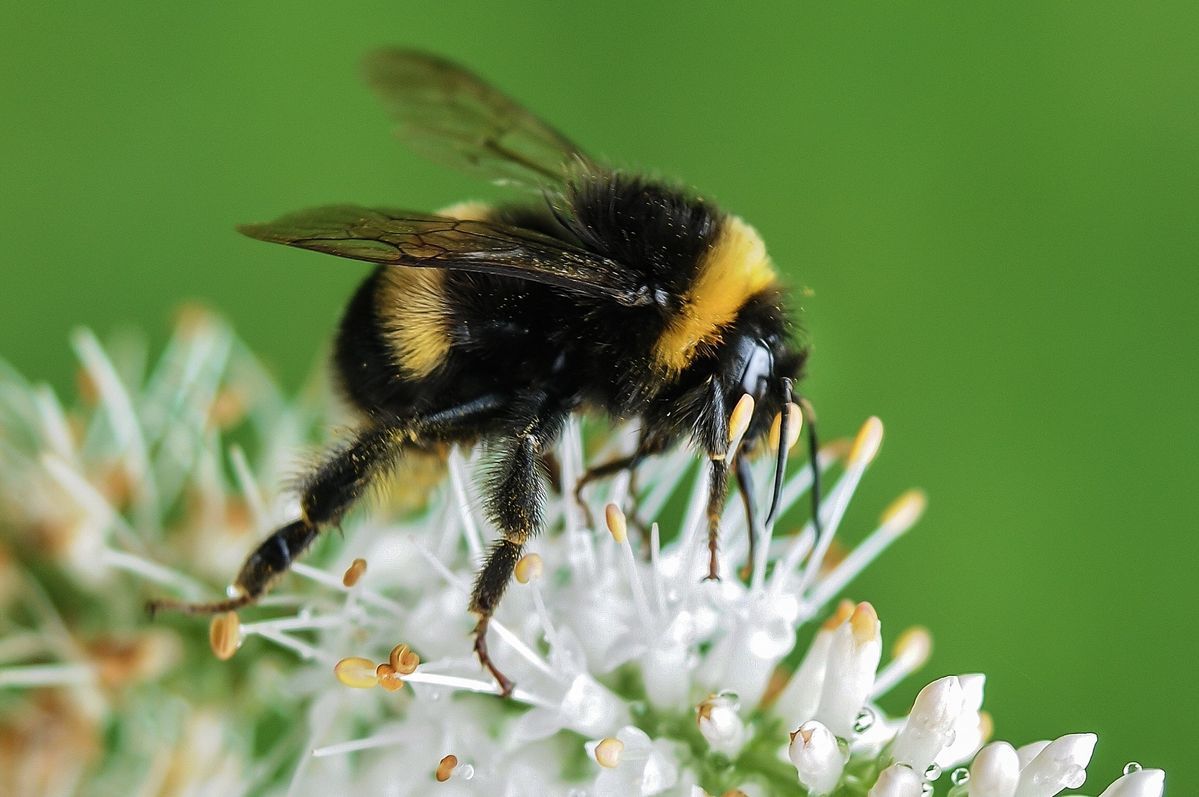
Bees are viewed by some as pests due the danger of getting stung, but many native bees and bumblebees do not sting. Bees are helpful because they are prolific pollinators, helping your plants reproduce and set seed for more plants. In a wild garden, bees are hugely beneficial. Native bees will need to be encouraged to make a home in your garden. Our earlier post on Bee Hotels has more information on this. Once they are happy with your garden, they will return daily to gather nectar from your flowers. In my home garden, multiple generations of a Mason Bee have made a regular feasting ground on a Blue Potato Bush that flowers year round.
Bats
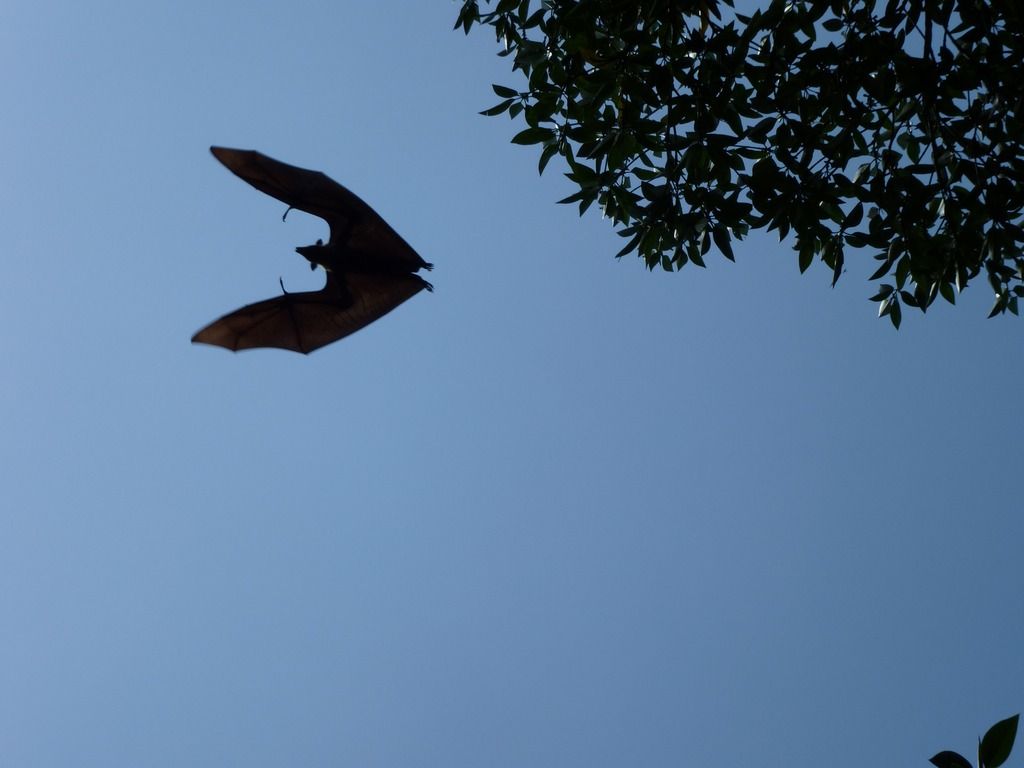
If you find yourself getting eaten alive while gardening or sitting out on your patio, there is a creature that can help with those annoying mosquitoes. Bats are big predators of mosquitoes, and can consume up to 1,200 per hour during their nocturnal hunts. Bats are also big pollinators and many plants rely on them for pollination. You can encourage bats to frequent your garden by creating a roost with a bat box. Learn more about Bat boxes in our earlier post on Bat BnBs.
Parasitoid Wasps
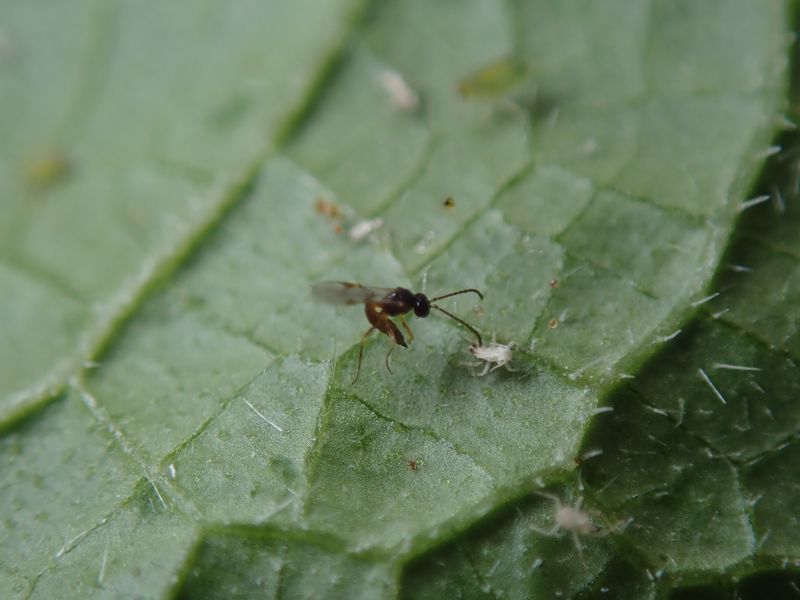
If your plants are getting decimated with caterpillars or leaf-cutters, parasitoid wasps may be the answer. These tiny wasps look like small flies and will lay their own eggs inside eggs or the larva of garden pests. Trichogramma wasps are commonly used to prevent outbreaks of caterpillars, while other parasitoid wasps are available that prey on other insects such as leaf-cutters and filth flies. Most of these parasitoid wasps are microscopic in size, often less then 0.5 mm, and resemble gnats or small flies. These are not at all similar to the aggressive yellow-jackets that harass you at Summer picnics. These wasps are available from organic gardening stores and are introduced to your garden as pupae in host eggs that will hatch and hunt nearby as adult wasps.
Earthworms
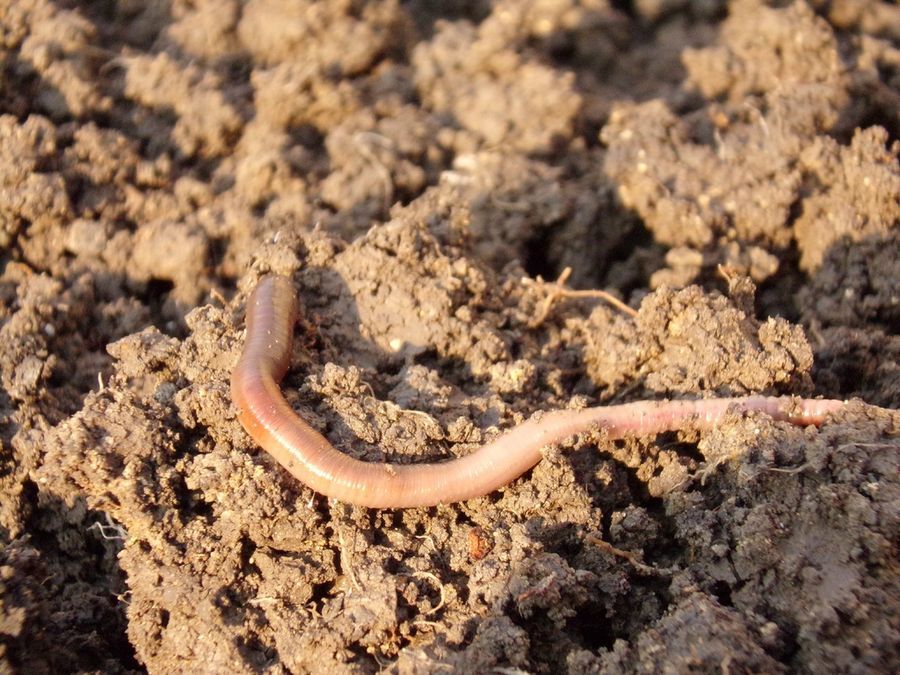
If you dig into your soil and find earthworms, this is a sign that you have good soil. Likewise if they are not seen when digging into soil, then you need to work your soil to make it better draining and more nutrient rich. Sheet mulching is a great no-dig method of doing this. It really is as simple as that. Earthworms are always in the soil, but if you have heavily compacted infertile soil they will stay well below the surface of your soil. As earthworms travel through your soil, they ingest soil and excrete castings that are high in soil nutrients and beneficial organisms that will further strengthen the fertility of your soil. Never remove an earthworm - they are good for your soil.
Lizards
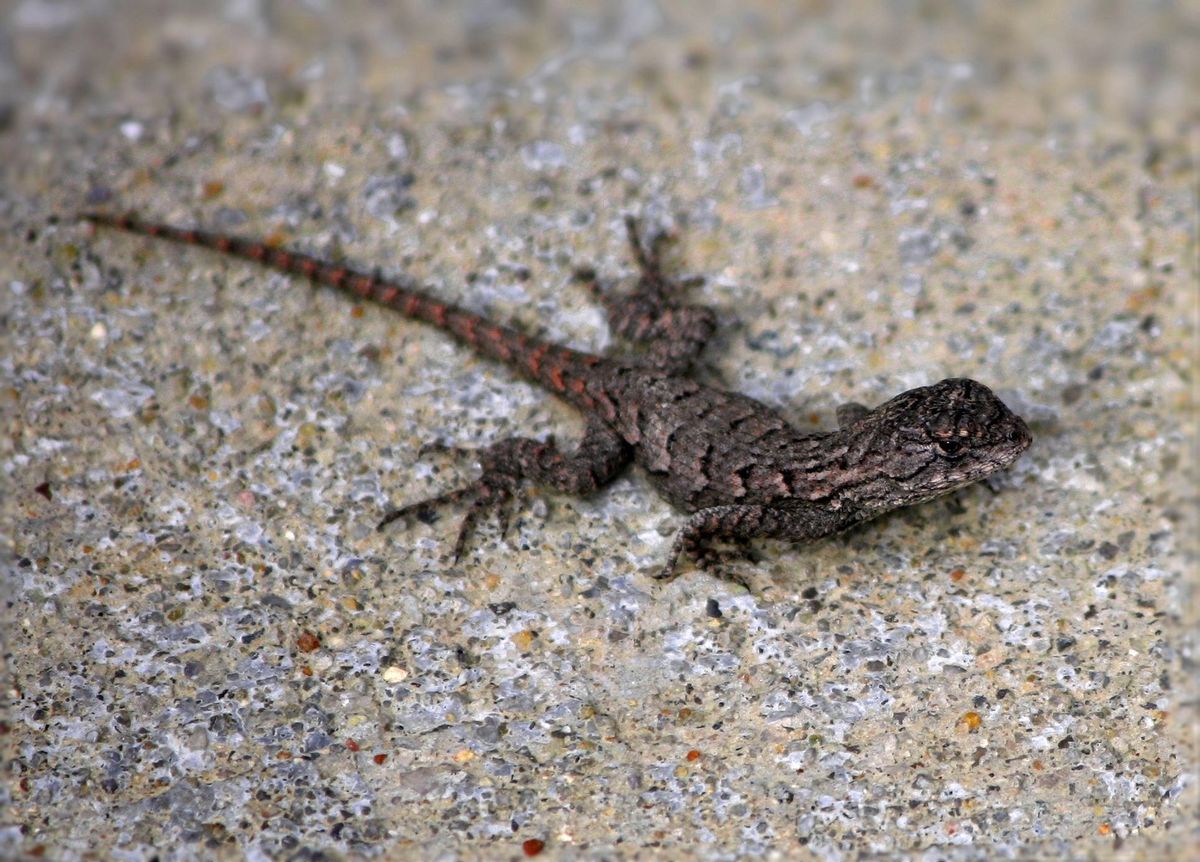
If you live in a warm climate, chances are you have lizards in your outdoor spaces. As garden inhabitants, they are a beneficial creature as they will prey on common garden pests such as slugs, snails, cockroaches, ants and beetles. Their presence is also a good sign that your garden is free of contaminants as they will not dwell in areas where there are a lot of chemicals or metals in the ground. Most small lizards that you find in the garden are harmless to us and will avoid human contact.
Hedgehogs
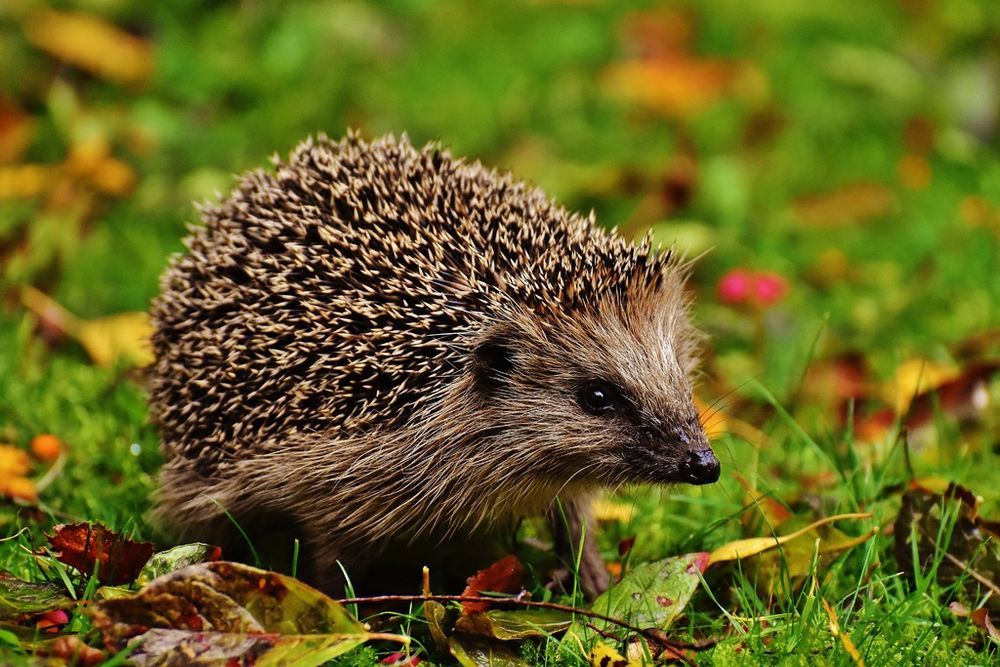
If you don't live somewhere where lizards roam your garden, you may have Hedgehogs nearby. Hedgehogs are a benefit to your garden as they are a great way to control the slug population. They also eat insects that could potentially harm your plants, so it’s a great idea to encourage them to visit your garden.
Hedgehogs will feel more welcome if you leave a part of your garden to grow wild, where they can make a nest. Hedgehogs like to wander around, so creating a small hole in a fence or a tunnel will give them a way to travel in and out of your garden. These are known as "Hedgehog Highways" and some suppliers even offer fences with these holes already installed. You can place dog food or cat food out for them to further encourage them to make a home in your garden. Once you have hedgehogs frequenting your garden be careful mowing or working leaf piles as hedgehogs may be nesting.
There are more beneficial creatures that can help your garden thrive, this is just a selection to encourage gardeners to think about biological pest control instead of using chemicals. While pesticides can be effective, pests will develop tolerances and you may be causing other harm to yourself and the wildlife in your garden with these materials that are often highly carcinogenic.




